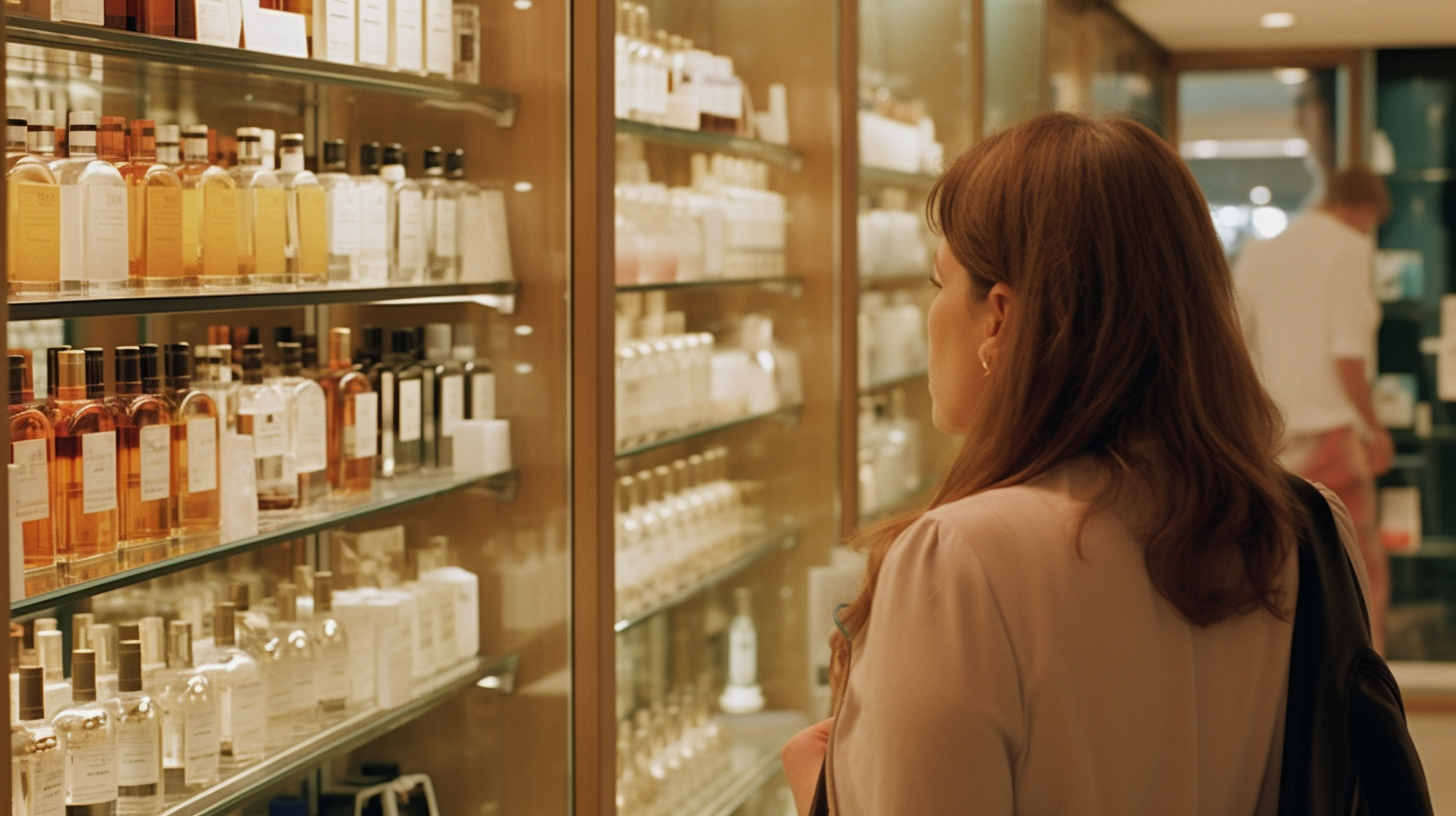How to Expertly Blend Essential Oils for Perfume: A Step-by-Step Guide
Welcome to our step-by-step guide on how to expertly blend essential oils for perfume! If you’re a perfume enthusiast or someone who loves experimenting with scents, this tutorial is perfect for you. Creating your own custom perfume blends using essential oils can be a fun and rewarding experience. Not only do you get to explore your creativity, but you also have the opportunity to craft unique scents that suit your personal preferences. In this guide, we will walk you through the process of blending essential oils for perfume, from understanding the different types of essential oils to mastering the art of combining them harmoniously. So let’s dive in and unlock the world of fragrance!
Understanding Essential Oils
Before we begin blending our own perfumes, it’s important to familiarize ourselves with the different types of essential oils and their unique characteristics. Essential oils are highly concentrated plant extracts that capture the essence and fragrance of various botanical sources. Each oil possesses its own distinct scent profile, ranging from floral and citrusy to woody and spicy.
Some popular essential oils used in perfumery include:
- Lavender: A versatile oil with a calming and floral aroma.
- Bergamot: A citrusy oil with a bright and refreshing scent.
- Patchouli: A rich and earthy oil often used as a base note.
- Ylang Ylang: A sweet and exotic oil known for its floral fragrance.
- Sandalwood: A warm and woody oil that adds depth to perfumes.
These are just a few examples, but there are countless other essential oils available, each with its own unique scent profile. Take some time to explore different oils and familiarize yourself with their individual aromas.
Blending Methods and Techniques
Now that we have a basic understanding of essential oils, let’s move on to the blending methods and techniques. There are several approaches you can take when blending essential oils for perfume:
1. Top Note, Middle Note, Base Note
This method involves categorizing essential oils into three main categories: top notes, middle notes, and base notes. Top notes are the first scents you smell when applying a perfume and typically evaporate quickly. Middle notes emerge after the top notes fade and provide the body of the fragrance. Base notes are the foundation of the perfume and linger the longest. By combining oils from each category, you can create a well-rounded scent profile.
For example, you could blend bergamot (top note), rose (middle note), and sandalwood (base note) to create a balanced perfume with citrusy, floral, and woody undertones.
2. Scent Families
Another approach is to blend essential oils from the same scent family. Scent families consist of oils that share similar characteristics or come from related botanical sources. Some common scent families include floral, citrus, herbal, woody, and oriental. By blending oils within the same family, you can create harmonious and cohesive fragrance compositions.
For instance, you could combine lavender (floral), bergamot (citrus), and eucalyptus (herbal) to create a refreshing and uplifting perfume.
3. Trial and Error
If you’re feeling adventurous or want to explore your own unique combinations, don’t be afraid to experiment through trial and error. Perfume blending is an art form that encourages creativity and personalization. Start by blending small amounts of different oils and see how they interact with one another. Keep track of your experiments, noting the ratios and combinations that you find most appealing. Over time, you’ll develop a sense of what works well together and be able to create your own signature scents.
Essential Oil Blending Ratios
When blending essential oils for perfume, it’s important to consider the ratios between different oils. The ratios determine the strength and balance of each scent within the composition. Here are some commonly used blending ratios:
1. 30-50-20 Rule
This ratio suggests using 30% top notes, 50% middle notes, and 20% base notes. This ensures a well-balanced perfume with a clear progression of scents.
2. Equal Parts
If you prefer a more balanced aroma without distinct layers, you can use equal parts of each oil in your blend. This works particularly well when using oils from the same scent family.
3. Personal Preference
Ultimately, there are no hard rules when it comes to blending ratios. It all depends on your personal preference and desired fragrance intensity. Feel free to experiment with different ratios until you achieve the desired scent profile.
Safety Precautions
Before we conclude our guide, it’s essential to highlight some safety precautions when working with essential oils:
- Dilute essential oils properly: Essential oils are highly concentrated and should always be diluted before applying them to your skin or using them in perfumes. Carrier oils such as jojoba oil or sweet almond oil can be used for dilution purposes.
- Patch test: Perform a patch test on a small area of your skin to check for any allergic reactions or sensitivities before using the perfume blend on your body.
- Store oils properly: Essential oils should be stored in dark glass bottles away from direct sunlight and heat to maintain their potency.
Conclusion
Congratulations! You’ve now learned how to expertly blend essential oils for perfume. With this step-by-step guide, you have the knowledge and tools to create your own unique scents that reflect your personal style and preferences. Remember to familiarize yourself with different essential oils, experiment with various blending methods, and consider the ratios between different oils. Don’t forget to follow safety precautions when working with essential oils. Now it’s time to unleash your creativity, have fun, and enjoy the beautiful world of fragrance!




